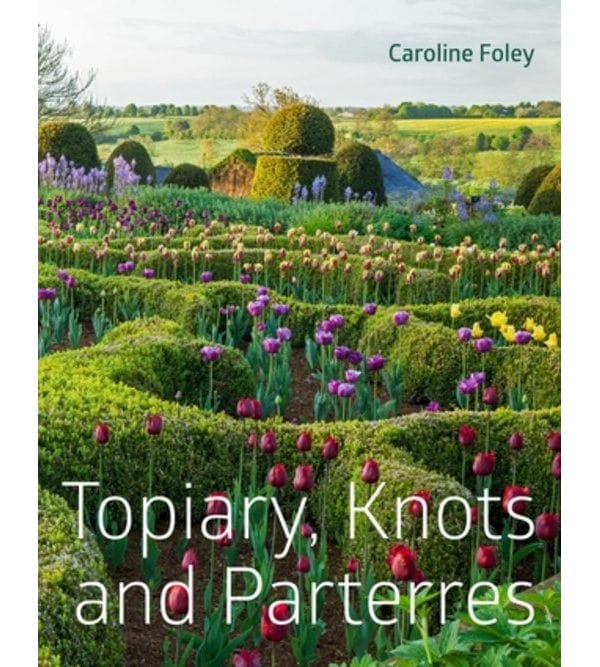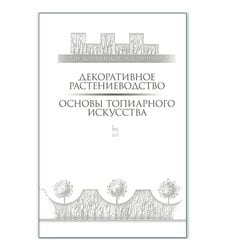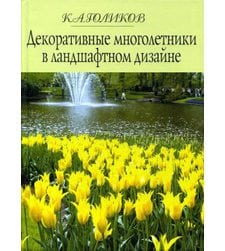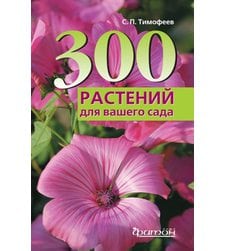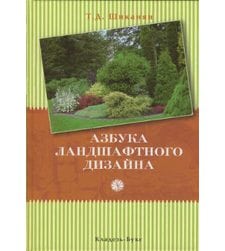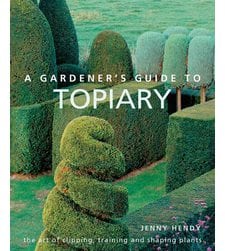
Login or create an account
CloseReturning Customer
I am a returning customer
Login or create an account
CloseRegister Account
If you already have an account with us, please login at the login form.
Ваша учетная запись создана!
Спасибо за регистрацию в ПрофКнига!
Вы будете уведомлены по электронной почте, как только Ваш Личный Кабинет будет активирован администрацией магазина.
Если у Вас есть какие-то вопросы, пожалуйста напишите нам.
Выход
Вы вышли из Личного Кабинета.
Ваша корзина покупок была сохранена. Она будет восстановлена при следующем входе в Ваш Личный Кабинет.
Топіарне мистецтво (Topiary, Knots and Parterres)
- 2500 грн
- Автор: Caroline Foley
- Издательство: Pimpernel Press Limited
- Год издания: 2017
- Страниц: 288
- Склад: В наличии
Topiary, knots and parterres come in many guises, from the grand and imposing to the humble and folksy. In this book Caroline Foley - with the aid of diarists, writers, wits, designers, gardeners and garden owners - traces their story through the centuries and across the world. Starting from the topiary of patrician Rome, she moves through the paradise gardens of Islam and the medieval hortus conclusus to the formal parterres of Renaissance Italy, the more elaborate broderies of the royal French gardens, the complicated conceits of the Tudors and the geometry of the Dutch school.
She takes a wry look at the eighteenth century, when many fine formal gardens were scrapped in favour of the English landscape movement (which, in fact, was no less artificial). In the nineteenth century there was a revival of parterres filled with tender bedding plants. Green architecture returned with the Arts and Crafts movement, and the twentieth century saw a joyful resurgence of the topiary peacock and other such conceits, the arrival of the Japanese minimalist school, the cult of the venerable sagging hedge, cloud pruning and the emergence of the cool crisp lines of modernism.
German perennial planting, juxtaposed with sharply cut linear hedges, has provided a clever solution to the modern requirements of high style, low maintenance and attention to the environment and to labour costs. Of late a new type of formality has emerged among designers and landscape architects, involving wild-looking prairie planting set off by large-scale sculptural topiary. As Caroline Foley points out, 'Serious or frivolous .
- ISBN: 978-1-910258-18-7
- Язык издания: EN
- Обложка: Тверда
- Размер: 215 х 280 мм
- Вес: 2,000г

